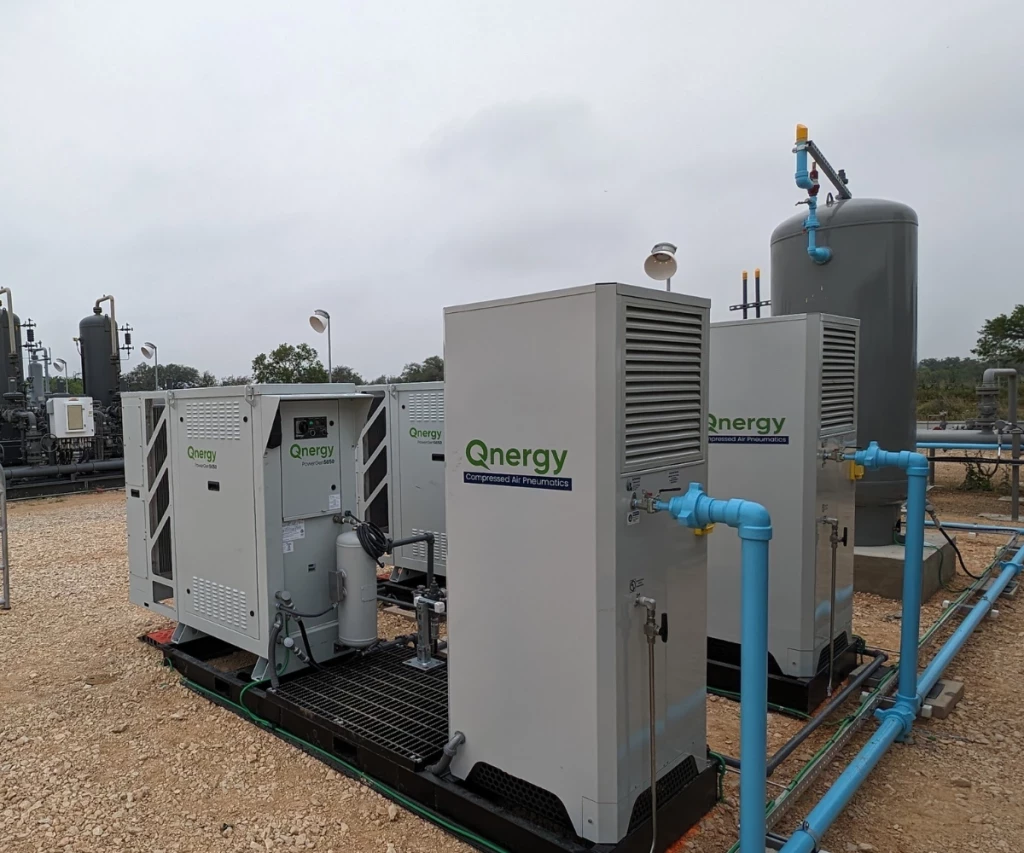Industrial Carbon Capture: Exploring the Top Methods, Trends & Technologies
Advancements in reducing levels of carbon dioxide (CO₂) from the atmosphere.
Add bookmark
The urgency to mitigate climate change has spurred significant advancements in reducing levels of carbon dioxide (CO₂). Industrial carbon capture, a crucial component of these efforts, refers to the technologies and methods designed to capture emissions from industrial processes before they reach the atmosphere.
While the industrial sector explores effective options to reduce overall CO₂ emissions, the primary method to reduce emissions from large industrial sources is carbon capture and storage (CCS). This involves capturing released CO₂ emissions, transporting them, and then burying them in deep, underground locations. In some cases, captured CO₂ can be used in other manufacturing or industrial processes instead of being stored, leading to the term carbon capture, utilization and storage (CCUS).

Image by: International Energy Agency
According to the Global CCS Institute’s 2023 Status Report, the CO₂ capture capacity of all CCS facilities under development has grown to 361 million tonnes per annum (Mtpa) – a 48% increase since the 2022 report. Additionally, CCS in the Americas, Asia, Europe, and the Middle East has received historic levels of government support, a significant step towards strengthening the business case for CCS projects and pipelines.
LISTEN: Episode 10: Meeting Canada’s Emissions Reduction Targets and the Role of Cutting-Edge Tech
In industrial settings, CO₂ can be captured at the source with these methods:
- Post-Combustion Capture
Primarily used in existing power plants, where CO₂ is separated from the exhaust of a combustion process. - Pre-Combustion Capture
Largely used in industrial processes, this technique involves gasifying fuel and separating out the CO₂. - Oxyfuel combustion
Resulting in a concentrated stream of CO₂ emissions, this is where fuel is burnt in a pure-oxygen environment instead of air.
Countries aiming to increase energy and meet 2030 and 2050 climate targets have made carbon management technologies an important part of their decarbonization strategies. Despite the three-step pathway, there are many trends and challenges that define the successful implementation of CCUS across facilities, including high costs, and storage and transportation considerations. However, the most significant barrier to entry is the high cost, typically associated with the equipment and energy needed for the capture and compression phases. Additionally, capturing CO₂ can lead to reduced efficiency in power and higher water usage, also making CCS projects financially unfeasible.
Beyond the high costs of capture technology, transportation is another issue as a substantial amount of energy is needed to compress and cool the CO₂ and to maintain the required high pressure and low temperatures in the pipelines. Another barrier to widespread CCS deployment is the limitation on the availability of geologic storage, especially in the short to medium term. A 2018 IPCC report concluded that “current evaluation has identified a number of processes that alone, or in combination, can result in very long-term storage”.
READ: Special Report: A Look at the 2024 Methane Mitigation Technology Landscape
With that in mind, recent breakthroughs in technologies could change carbon capture as we know it and help the industrial sector minimize its carbon footprint. While this is a continually evolving field, some technologies have the potential to change the carbon capture process on a global scale, including:
Direct Air Capture (DAC)
DAC technology captures carbon dioxide directly from the atmosphere using air filters. Once the CO₂ is collected, it is concentrated and then transported for storage, or converted into useful products. Although this technology is still in its infancy and currently expensive, further research and scaling could unlock its significant potential for reducing atmospheric carbon emissions.
Chemical Looping
This technology uses metal-based particles in a reaction process with carbon dioxide, where the metals act as a catalyst to separate CO₂ from the fuel. The CO₂ is then captured and stored, allowing the fuel to undergo further combustion. While chemical looping technology is still experimental, it holds promise for significantly reducing carbon emissions in industries heavily dependent on fossil fuels.
Bioenergy with Carbon Capture and Storage (BECCS)
BECCS captures carbon dioxide generated during biomass energy production and stores it. This process not only captures emissions but also generates electricity, making it a carbon-negative solution. As a low-carbon energy source, Bioenergy with Carbon Capture and Storage can significantly contribute to decarbonizing the economy.
Membrane Gas Separation
Membrane gas separation technology utilizes permeable materials to isolate carbon dioxide from other gases. Operating at low temperatures and pressures, it is both energy-efficient and cost-effective. Although still in the experimental phase, this technology shows great potential for the capture, separation, and storage of CO₂.
Learn more about decarbonization projects, carbon management, methane mitigation and more at our upcoming events:
Methane Mitigation Europe Summit
Amsterdam, February 24-27, 2025























